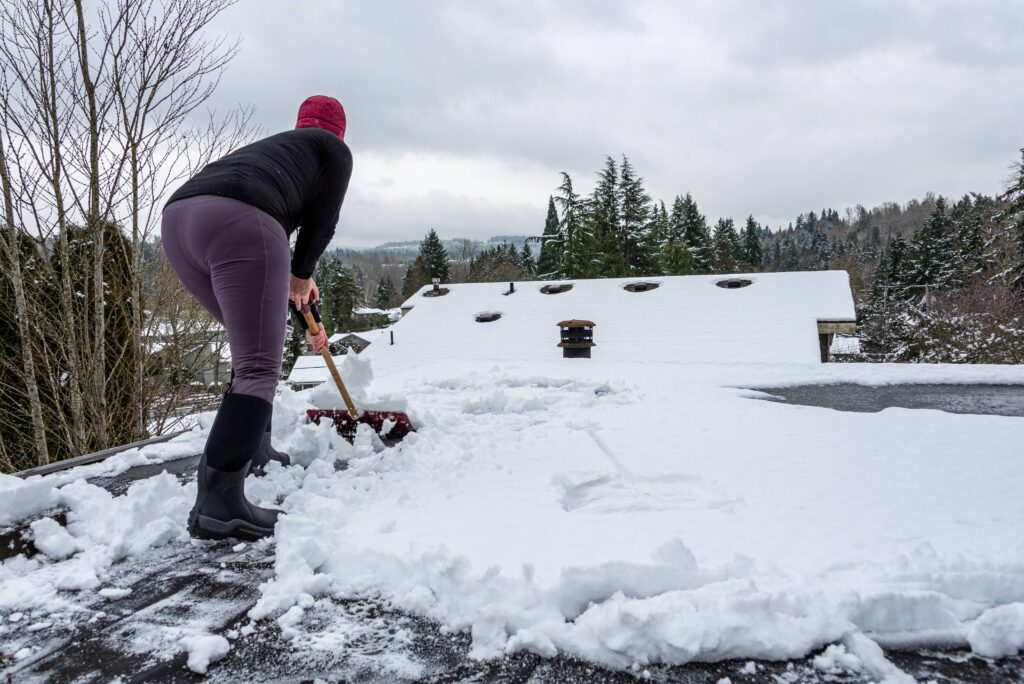Winter is a beautiful season with snow, hot chocolate and cozy nights by the fireplace. However, it can also bring harsh weather conditions that can take a toll on your roof. As a homeowner, it is important to prepare your roof for winter to avoid potential damage and costly repairs.

Effects of Winter Weather on Your Roof
The cold, wet and windy conditions of winter can be damaging to your roof in several ways. Here are some common effects that you need to watch out for:
- Snow buildup: Accumulated snow can add extra weight on your roof, causing it to sag or even collapse.
- Ice dams: When snow melts and refreezes at the edge of your roof, it forms ice dams that block proper drainage and can lead to leaks.
- Roof leaks: Cracks, gaps or missing shingles on your roof can allow melting snow or rainwater to seep through and damage your ceilings, walls and insulation.
- Mold growth: The damp and humid environment created by trapped moisture in your roof can lead to mold growth, which is not only unsightly but also hazardous to your health.
How to Protect Your Roof
Fortunately, there are simple steps you can take to protect your roof from the harsh winter weather. Here are a few tips to get you started:
- Inspect your roof: Before the winter season hits, inspect your roof for any signs of damage or wear and tear. Look for cracks, loose shingles and other issues that may need to be addressed.
- Clean your gutters: Clogged gutters can lead to ice dams and water backup, causing damage to your roof and the rest of your home. Make sure to clean them regularly and remove any debris or leaves that may have accumulated.
- Trim trees: Overhanging tree branches can scratch or damage your roof, especially during strong winds or heavy snowfall. Trim any branches that may be too close to your roof to avoid potential problems.
- Check for proper insulation: Proper insulation in your attic can prevent heat from escaping and melting the snow on your roof, which could lead to ice dams. Make sure that your attic is well insulated to keep your roof protected.
- Use a roof rake: If you experience heavy snowfall, use a roof rake to remove the excess snow from your roof. This will help prevent the weight of the snow from causing damage or collapse.
